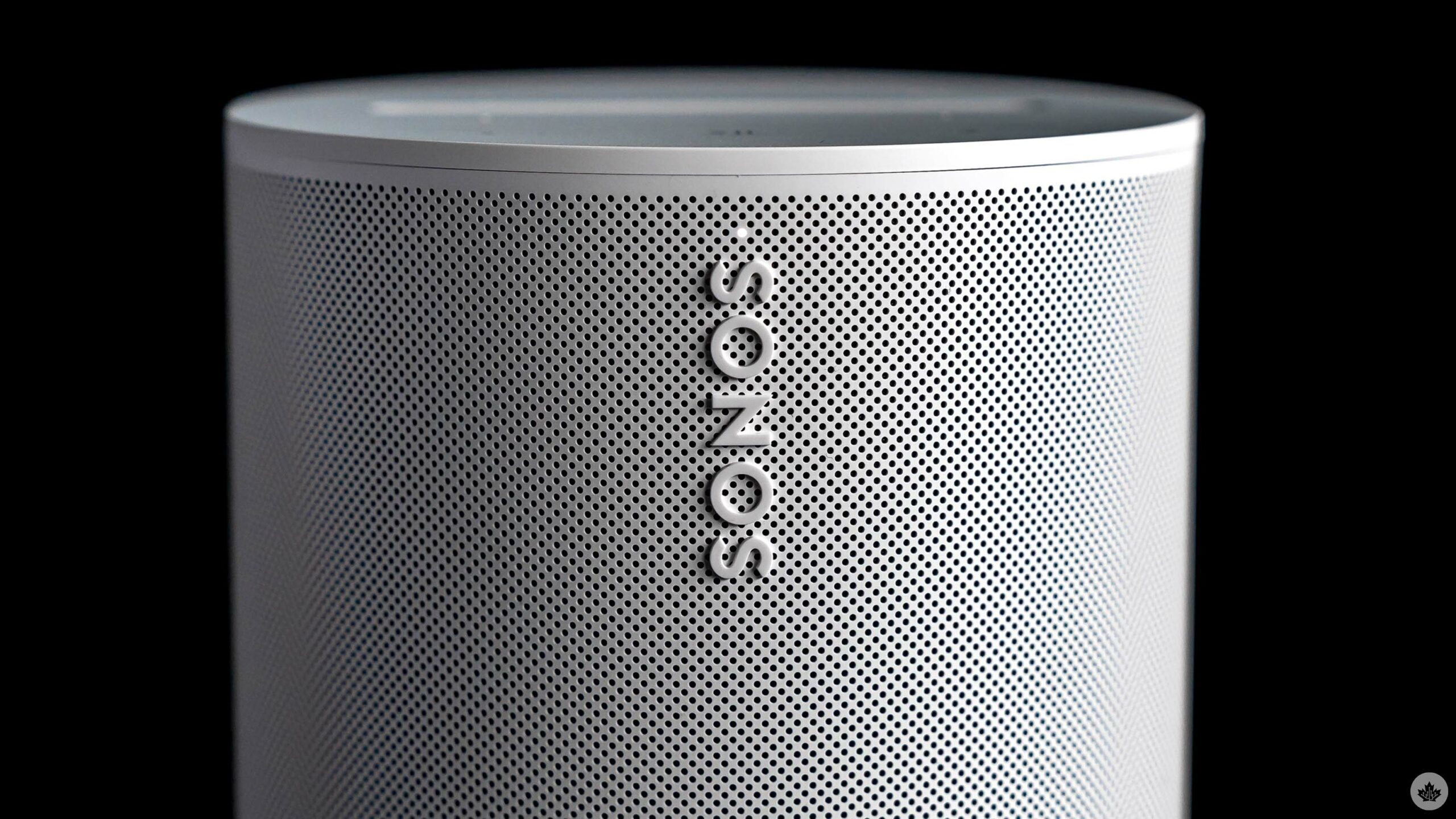
The Pros
- Much improved sound
- More connectivity options
- Nice, tasteful design
The Cons
- No Google Assistant
- Don’t expect massive bass
- Pricey
There are reasons why Sonos doesn’t upgrade its speakers every year, and one of them is because it’s hard to make audio sound drastically different. At least the way Sonos does it, but the Era 100 represents a considerable change from the Sonos One, which it effectively replaces.
Sonos’ walled garden continues to hold, though the cracks are letting in features customers want, namely Bluetooth, but also ports to plug in accessories to do more. The Era 100 gives you both, along with a new design that stays true to the past yet looks very different on the inside.
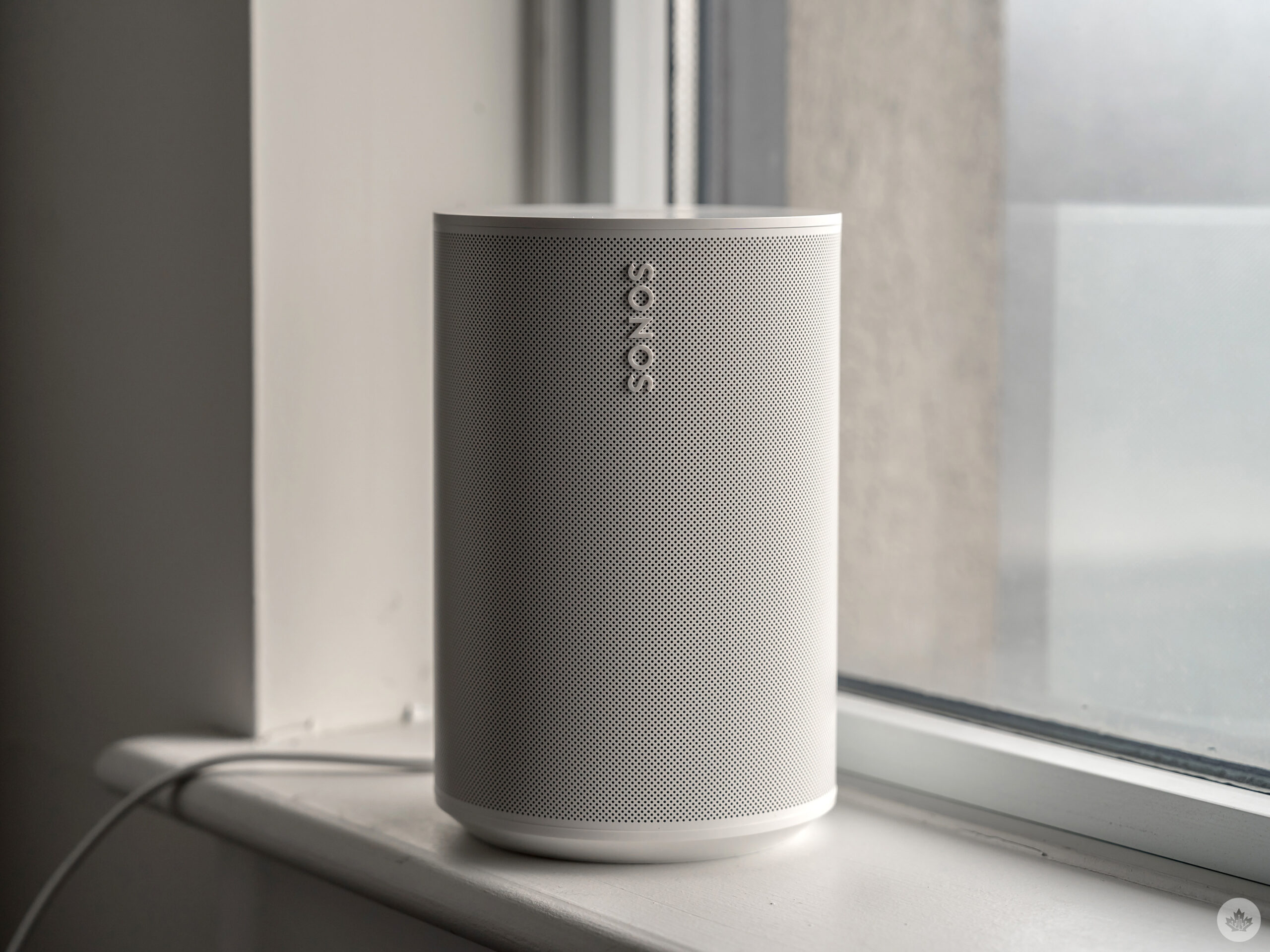
A new Era over One
I went over the design elements when I first got hands-on time with the new Sonos Era speakers, so won’t rehash too much here. The tasteful design also feels more substantial, in part because the Era 100 is noticeably taller than the previous One. It cuts a more cylindrical shape, making it seemingly fit more naturally into various settings within my home. I just like this design more than the One, which I also thought was tasteful.
By replacing the One, the Era 100 acts as the most likely primary entry point for those first getting into the Sonos ecosystem. It’s also the speaker you’re more likely to buy as a pair to either use in stereo for left and right channels, or as rears in a surround sound setup with the Arc or Beam soundbars.
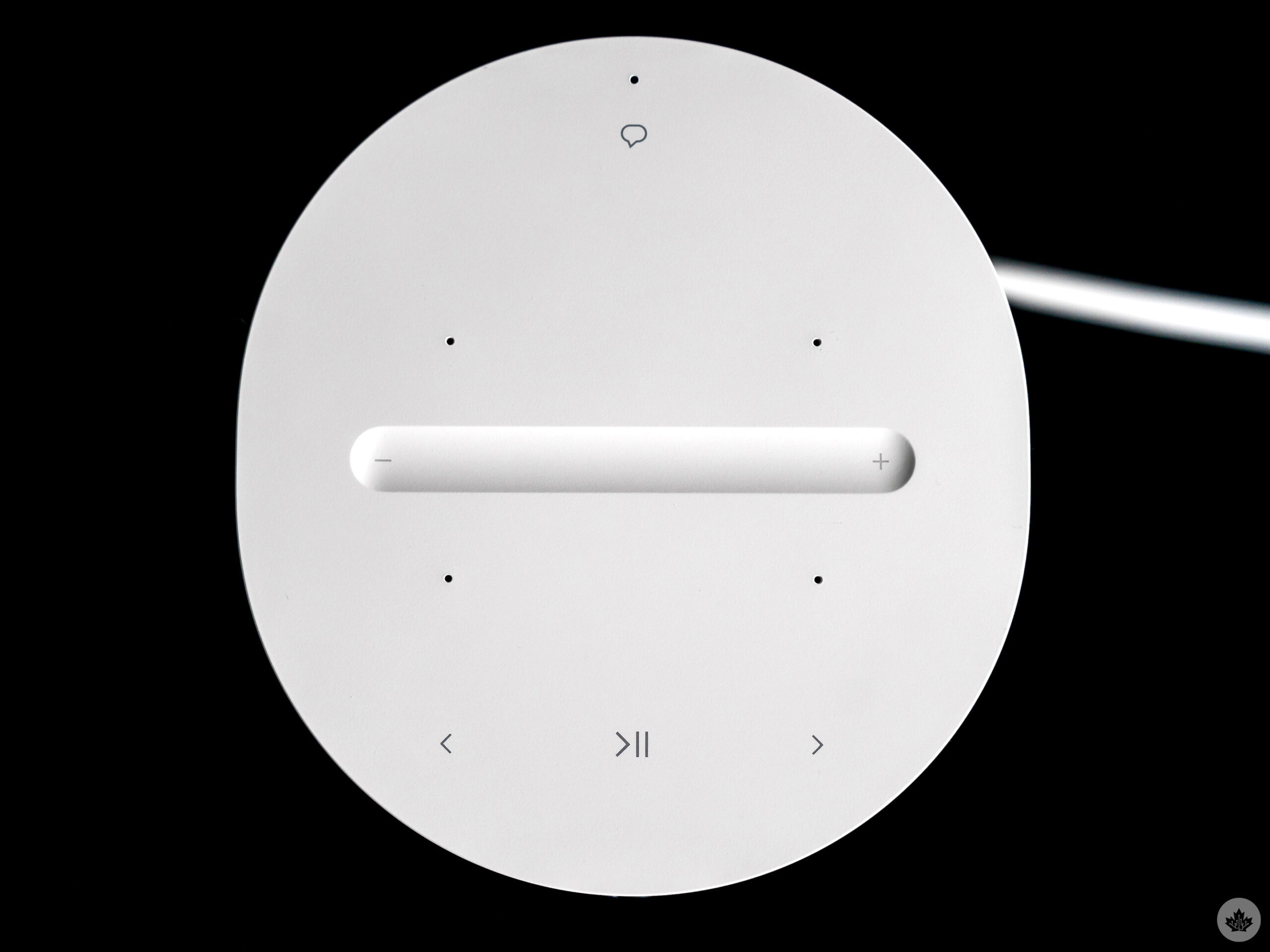
With a faster processor — up to 47 per cent faster — Sonos is banking that the chipset will handle future updates as long as it possibly can. The company built its reputation on keeping its gear playing, even when already long in the tooth, so it’s welcome to see that the Era 100 has overkill processing to start with.
The onboard controls also make more sense this time. Finally, Sonos listened to everyone clamouring for a volume slider up top and added one that works wonderfully. Playback controls are easy to manage, and it’s simple to go into Bluetooth mode through the button in the back.
It’s still as easy as ever to set up the speaker, with Sonos also making it super simple for first-timers to connect it to a home Wi-Fi network, as well as adding it to an existing Sonos system for seamless integration.
Look who’s (not) talking
It is a smart speaker, but only just. The One has an inherent advantage in that it can still talk to Google Assistant, whereas Sonos silenced it in the Era 100 for “technical” reasons that may be a euphemism for its legal spat with Google. The Era 100 has far better microphones, capable of hearing from a considerable distance, and with more clarity, reducing false positives when asking for things.
Either way, you only get Alexa, and for me, the omission stood out after a while because of where I wanted to place the speaker in the bedroom. I’m lucky in that I could simply leave my Sonos Move in there to keep Google Assistant talking, which I prefer there because I find it more precise for things like weather and traffic, while the Era 100 fit right in my home office, where Alexa was great for smart home and quick reference queries while working.
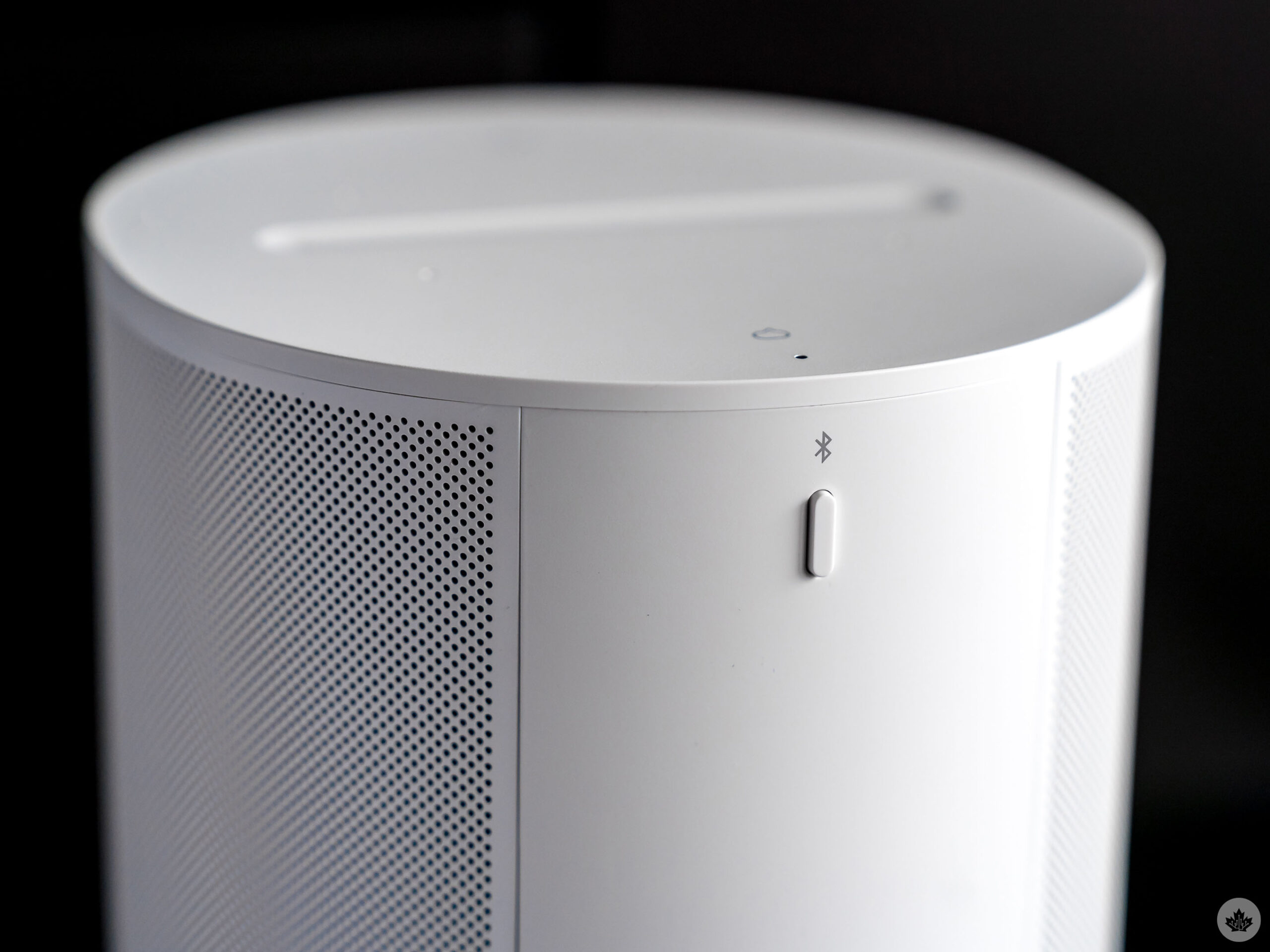 That’s not to rule out Sonos’ own Voice Control platform, which comes in handy for playing music by voice, at the very least. It’s still limited to Sonos Radio, Apple Music, Amazon Music and Deezer (Pandora is only in the U.S.), but if you use any of those, you will probably like how integrative it all feels. It’s just weird to go from having Google’s voice integrated to not hearing it at all. Mind you, if you’d rather silence all voice assistants, you can just toggle the microphone off via the switch in the back.
That’s not to rule out Sonos’ own Voice Control platform, which comes in handy for playing music by voice, at the very least. It’s still limited to Sonos Radio, Apple Music, Amazon Music and Deezer (Pandora is only in the U.S.), but if you use any of those, you will probably like how integrative it all feels. It’s just weird to go from having Google’s voice integrated to not hearing it at all. Mind you, if you’d rather silence all voice assistants, you can just toggle the microphone off via the switch in the back.
Playing the hits
It only takes all of five minutes to realize the Era 100 sounds better than the One. It’s not just because the woofers are 25 per cent bigger, or that the tweeters were angled in a way to create more spatial separation, it’s also because the balanced output feels more substantive. It won’t necessarily rock a room with thumping bass, but it sounds more resonant across the board.
Trueplay, the sonic tuning run through the Sonos app, now works on its own by tuning itself based on how music plays in a room while the microphones capture tones to gauge the acoustics inside. You’re still better off going the manual route using the Sonos app on an iPhone to wave it around to set it up that way. While subtle, the differences stand out over time, and even though Android phones still can’t do it, you could use a friend’s iPhone instead, since you only have to do it once. Move the speaker into another room, however, and you’d have to do it again.
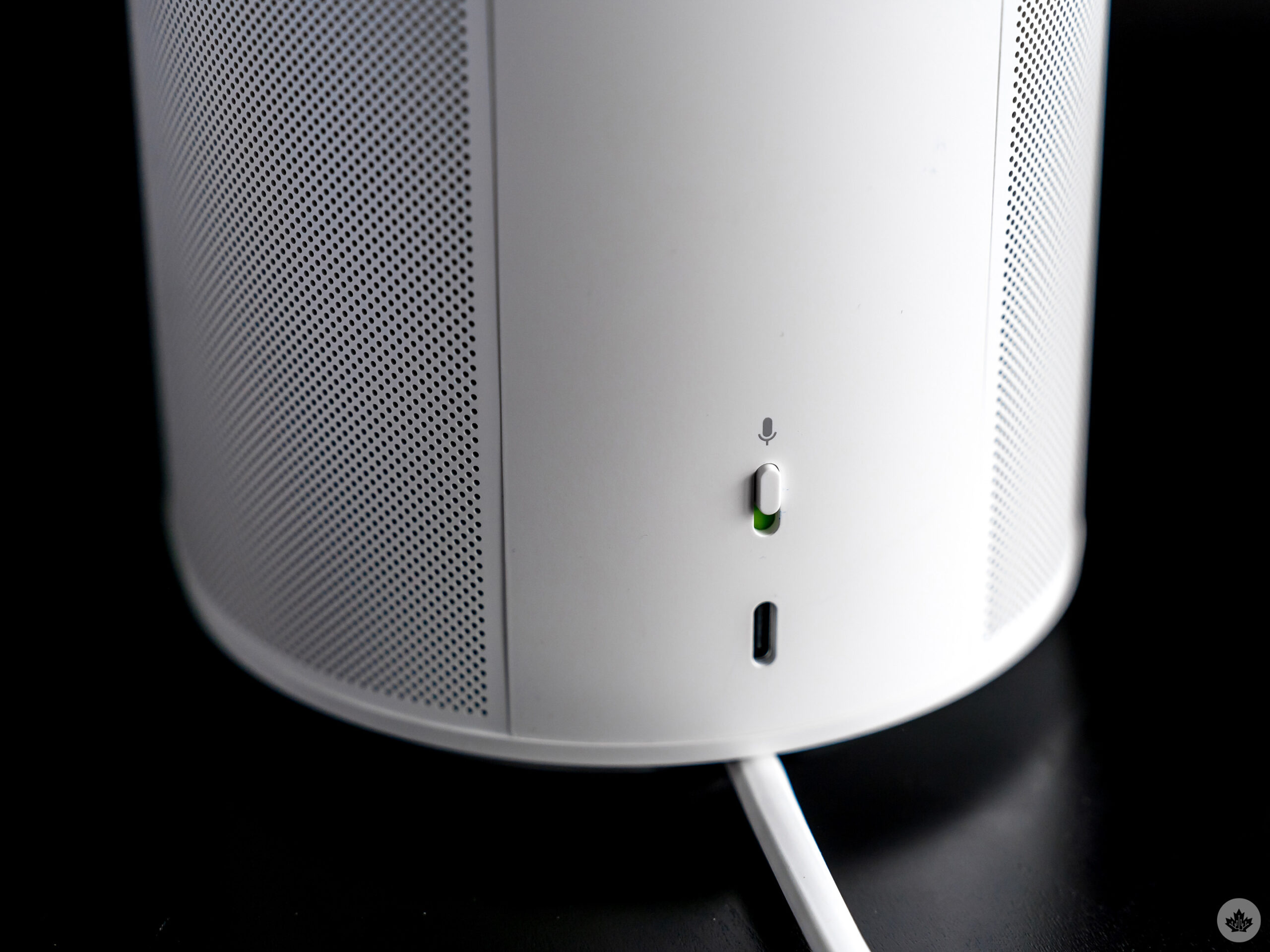 One of Sonos’ strengths is it always attempts to treat music equally, regardless of genre, and that comes across here. Again, if you’re expecting rumbling bass to shake things up, this isn’t the speaker for that. You’d be better off with the Era 300 or Sonos Five. But it’s perfect for simply listening to tunes with excellent clarity, be it as background ambience, or even while paying attention to podcasts and audiobooks.
One of Sonos’ strengths is it always attempts to treat music equally, regardless of genre, and that comes across here. Again, if you’re expecting rumbling bass to shake things up, this isn’t the speaker for that. You’d be better off with the Era 300 or Sonos Five. But it’s perfect for simply listening to tunes with excellent clarity, be it as background ambience, or even while paying attention to podcasts and audiobooks.
Indeed, the Bluetooth connection lets you listen to anything, including YouTube videos, though there is a slight lag between the audio and video. It’s a dated Bluetooth 5.0, and the Era 100 doesn’t support better Bluetooth codecs, like aptX or LDAC, for instance, so you get the basics and that’s it. Airplay 2 support is awesome, reducing the lag with YouTube and making things super convenient when friends visit and want to share audio content as well.
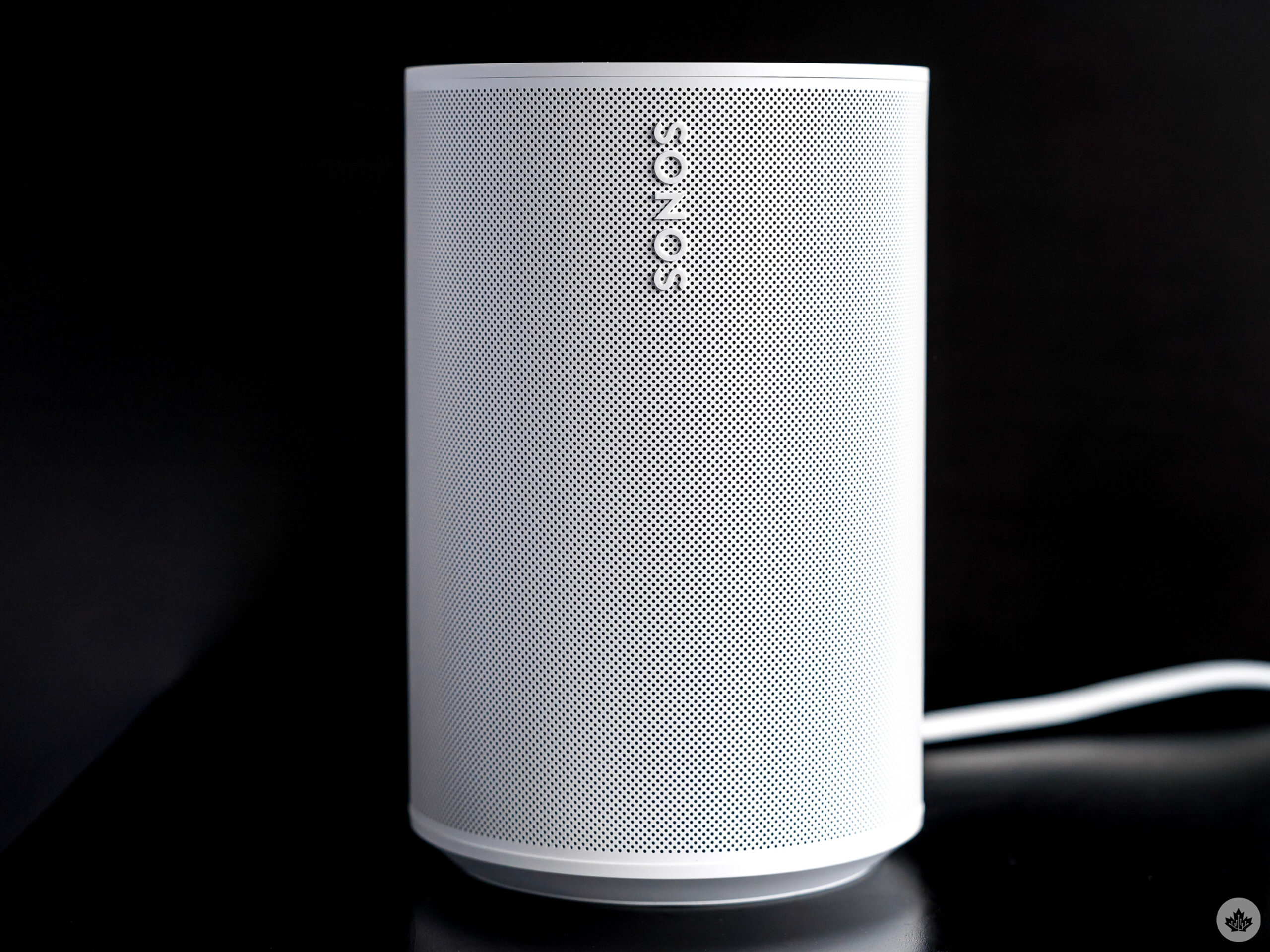 The USB-C port in the back makes it possible to plug in other components through Sonos’ adapter. That could be a turntable, or even a DAC (digital-to-analog) converter to play the type of lossless tracks you might otherwise not be able to play without third-party intervention. It’s even possible to plug in an old iPod if you want to take it old school digitally. The adapter is very much worth it — though ridiculously expensive at $25 — simply for the additional access it enables.
The USB-C port in the back makes it possible to plug in other components through Sonos’ adapter. That could be a turntable, or even a DAC (digital-to-analog) converter to play the type of lossless tracks you might otherwise not be able to play without third-party intervention. It’s even possible to plug in an old iPod if you want to take it old school digitally. The adapter is very much worth it — though ridiculously expensive at $25 — simply for the additional access it enables.
Wrap up
The Sonos Era 100 isn’t cheap at $319, but it is likely a speaker you’ll keep for years to come, including if you choose to pay for two to pair together. The better sound is already reason enough to upgrade or take a chance, depending on if you know Sonos well, or are intrigued at what it will sound like at home. I would say the additional connectivity is an excellent value proposition that covers bases Sonos previously ignored.
Pairing two together makes a huge difference, sonically speaking. The considerable depth is obvious, and worth considering over time if you’re not ready to go with two from the outset. Start with one to go beyond what the Sonos One could deliver to your ears.
The Sonos Era 100 costs $319 in Canada.
MobileSyrup utilizes affiliate partnerships. These partnerships do not influence our editorial content, though we may earn a commission on purchases made via these links that helps fund the journalism provided free on our website.
"The better sound is already reason enough to upgrade or take a chance, depending on if you know Sonos well, or are intrigued at what it will sound like at home"
MobileSyrup may earn a commission from purchases made via our links, which helps fund the journalism we provide free on our website. These links do not influence our editorial content. Support us here.


